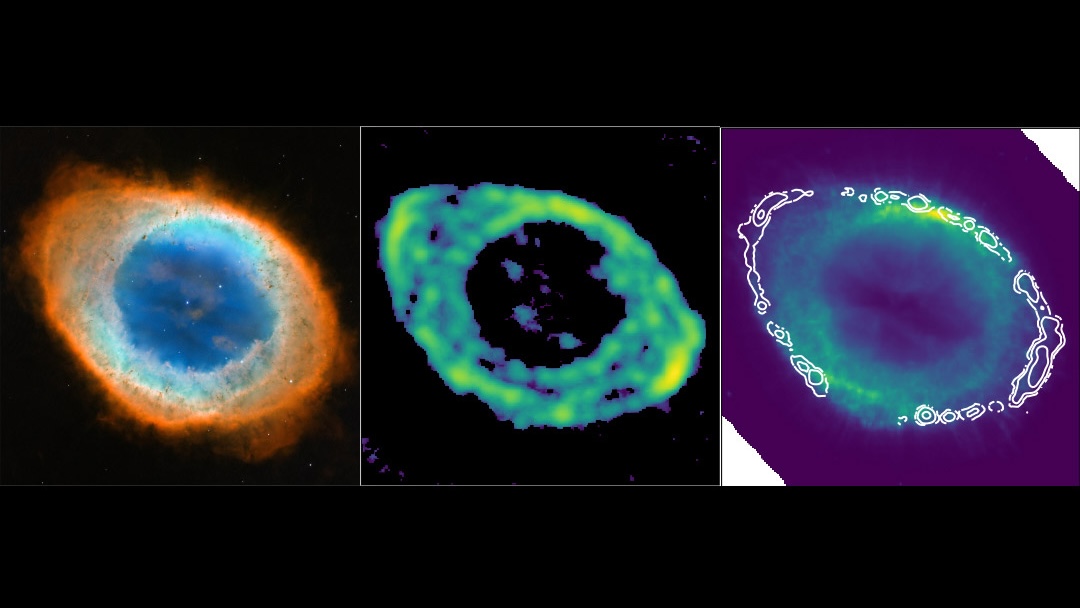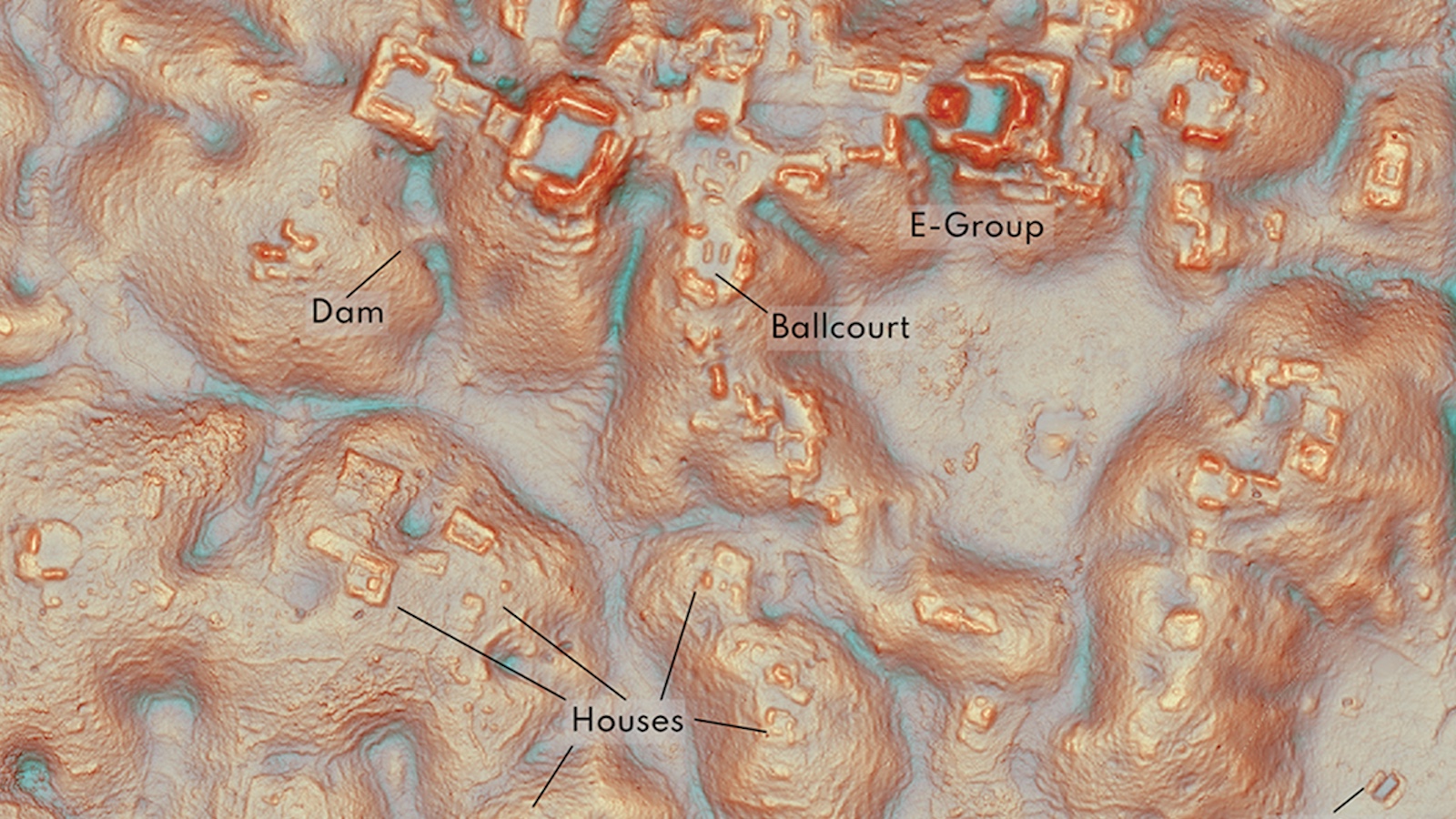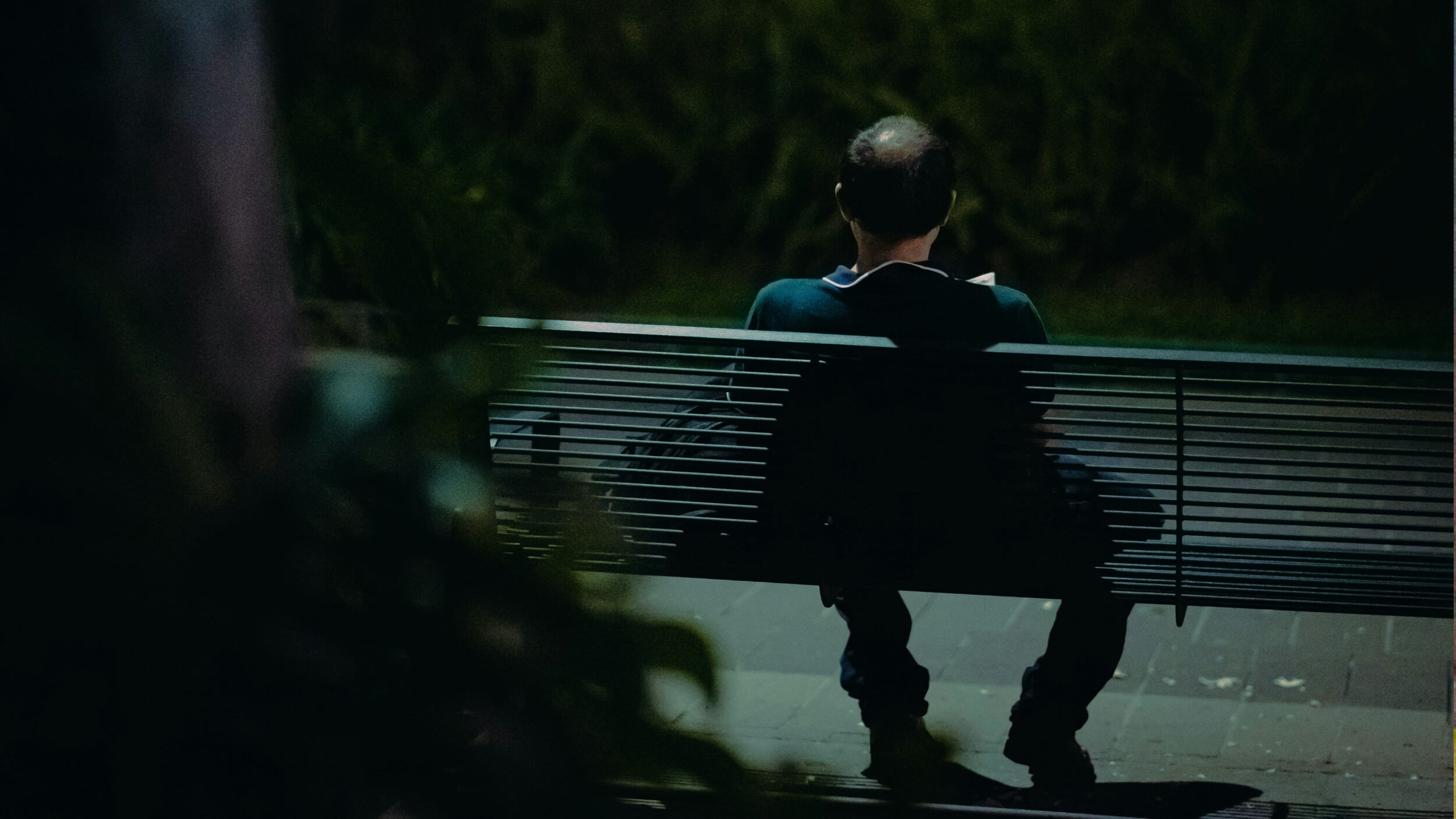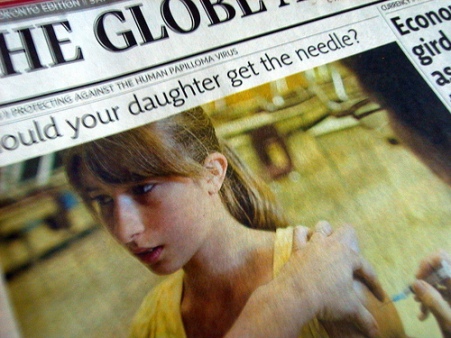Could Miami Be the Next Art Mecca?
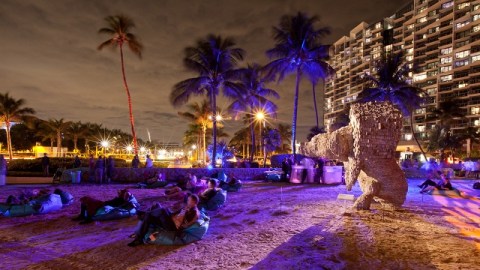
Say “Miami” and, depending on your age, certain things come to mind: Crockett and Tubbs, senior citizens in cabana wear, LeBron James. In a generation or so, another association may come to mind: art mecca. Before you laugh, New Yorkers, think for a moment about the outrageous success of the Art Basel Miami Beach art show, which has risen to the top rank of international art shows and is arguably the best show in the Americas. As art collectors and dealers vote with their feet and bring their talents (and money) to South Beach, you have to ask yourself, could Miami be the next center of the art world?
Up until World War II, Paris could claim the title of capitol of the international art world. Modernism and its main practitioners flocked to the City of Light for decades, building success upon success and movement upon movement. As much as the styles shifted, the location of Paris remained unmoved, at least until the upheaval of Hitler’s invasion and the assumption by America of most powerful nation on Earth. New York City, to which many Europeans fled and took Modernism with them during the war, became the new capitol and has never looked back since. Recently, Los Angeles argued, very compellingly, that they, and not NYC, were the “real” center of the post-war art world. If Pacific Standard Time convinces you of nothing else, it should make you question the standard assumptions and prejudices about where significant art is being made and sold. If Los Angeles is possible, Miami doesn’t seem so strange anymore.
Exhibit A in the case for Miami as future art mecca is Art Basel Miami Beach, in which in this year’s 10th edition more than 260 galleries from North America, Europe, Latin America, Asia, and Africa gathered to showcase the work of more than 2,000 artists—both known names and up-and-coming stars. Numbers for this year’s festival aren’t in yet, but previous years reported 40,000 visitors, a third of whom came from outside Florida. Norman Braman, art collector and chief executive of Braman Enterprises, remarked recently that the “terrible reputation” Miami and Miami Beach suffered under during the 1990s has given way to a sparkling international profile. “Art Basel Miami Beach has become the most important fair in the US and, if you consider all the satellite events, has probably surpassed its parent in Switzerland in terms of the number of galleries and visitors,” Braman continued. “I’ve been told that more private jets arrive here for Art Basel than fly to the Super Bowl.”
Perhaps most significantly, Braman argues, “The fair has also created a new generation of collectors who never collected before, including my own daughter.” Coupling great art with a great party (Technicolor example shown above), Miami can appeal to a whole new generation of collectors with income they’re looking to invest. Art Basel Miami Beach provides one-stop shopping for people with lots of cash but little (or, more fairly, underdeveloped) taste.
Switching generational gears, something can also be said for the influx of aging New Yorkers into Florida. As Jerry Seinfeld joked, “My parents didn’t want to move to Florida, but they turned sixty and that’s the law.” Just as Europeans fleeing Hitler for the safety of America—specifically New York City—bodily transplanted the world art capitol from Paris, some of the residue of New York City’s art center aura may have flown south with the snowbirds. Just as the great museums of New York City arose from the city’s growing prestige, adding to the momentum as they fed off it, Miami itself may be feeling a museum rush. After a $35 million gift from developer Jorge M. Pérez, The Miami Art Museum will be renamed the Jorge M. Pérez Art Museum of Miami-Dade County. With such gifts may come the momentum for bigger and better institutions in the future.
If I haven’t convinced you yet, if Miami still seems to sleazy for art centrality, listen to mega-star art dealer Charles Saatchi. “Being an art buyer these days is comprehensively and indisputably vulgar,” Saatchi begins. “Do any of these people actually enjoy looking at art?” Saatchi complains of the rich people of the business world intruding on the art world looking for thrills. “Or do they simply enjoy having easily recognized, big-brand name pictures, bought ostentatiously in auction rooms at eye-catching prices, to decorate their several homes, floating and otherwise, in an instant demonstration of drop-dead coolth and wealth. Their pleasure is to be found in having their lovely friends measuring the weight of their baubles, and being awestruck.”
It’s a cynical view of the modern art market, but maybe it’s a honest view from the inside—and, perhaps, the strongest argument for Miami as the new Mecca for the art world. Whereas the glamour of Paris and the hustle and bustle of New York City provided the perfect backdrop to the making and marketing of art, maybe the party atmosphere and shallow glitz of Miami will be the ideal environment for what art will look like in the decades to come.
[Image: 2011 Art Basel Miami Beach. Art Public Opening Night. Impression. Courtesy MCH Swiss Exhibition (Basel) Ltd.]

